1911-D $10 Indian ~25° Counterclockwise Rotated Die
 SanCali
Posts: 50 ✭✭
SanCali
Posts: 50 ✭✭
While taking photos to list my 1911-D $10 Indian, I noticed the reverse is rotated about 25° counterclockwise compared to the obverse. The front side lines up perfectly, so it looks like a legit rotated die error.
How common are these rotations, and would something like this add any premium, or is it more just a neat novelty?
Thanks for any thoughts!
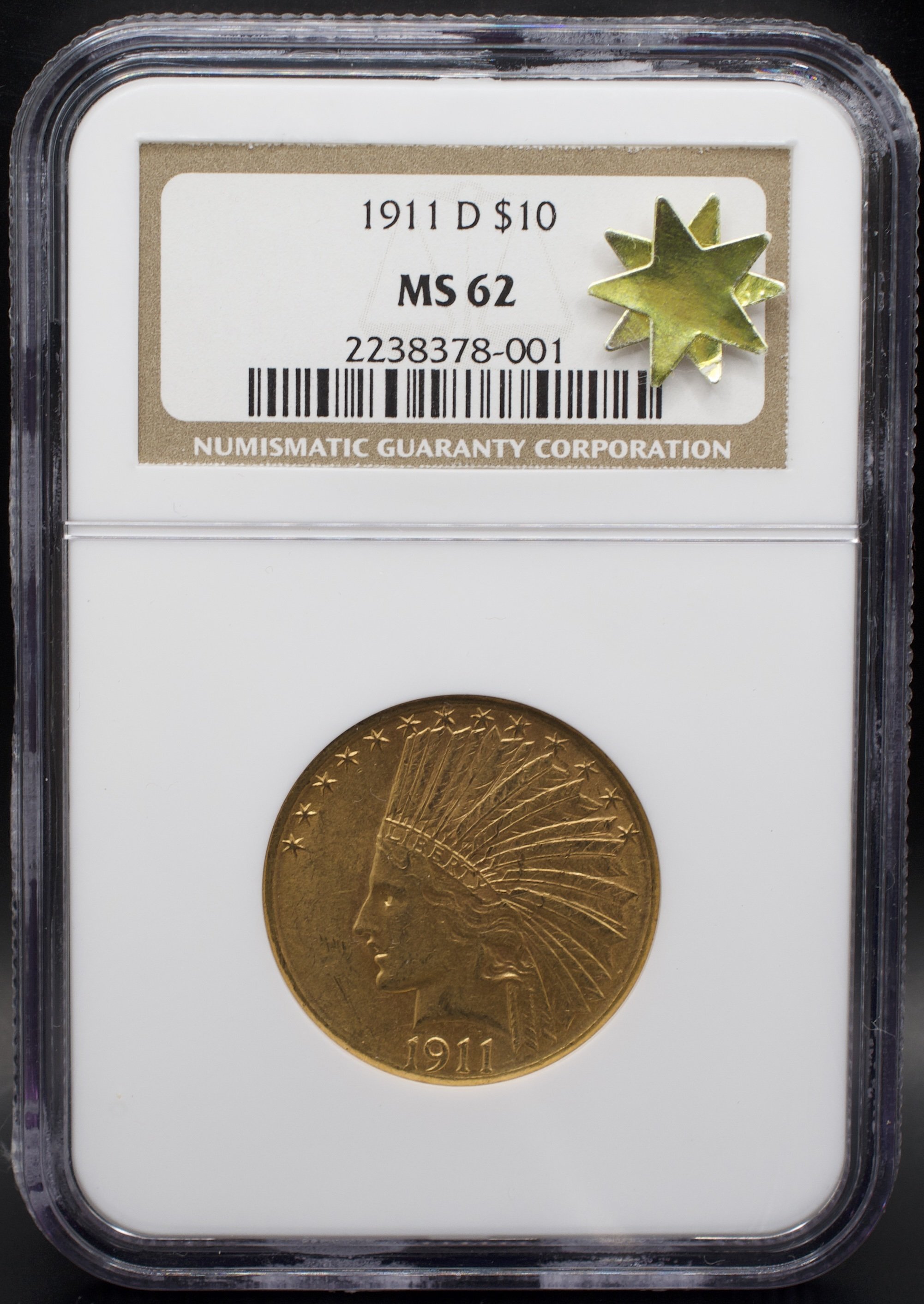
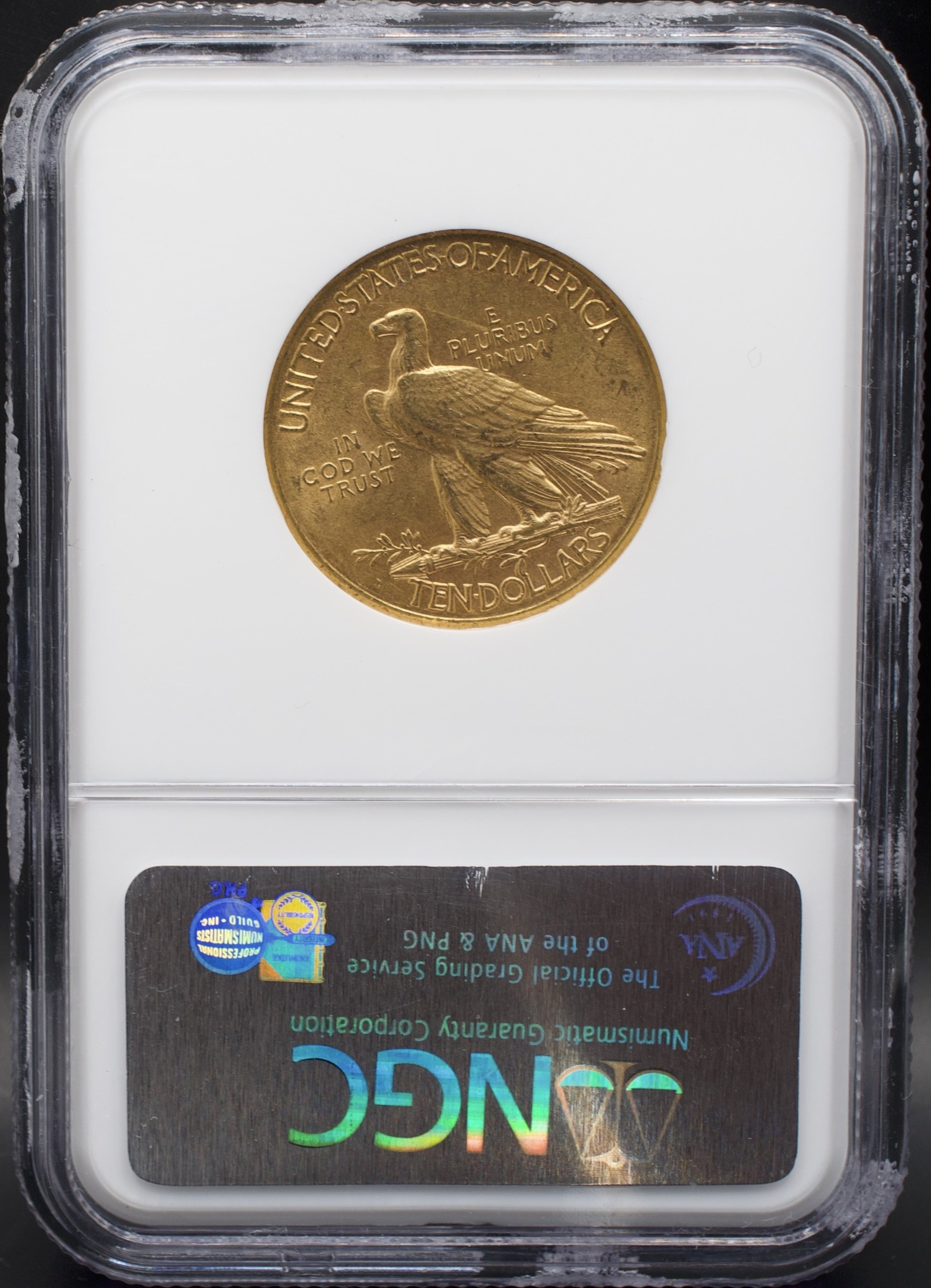
1
Comments
Fairly common, no added premium.
Founder- Peak Rarities
Website
Instagram
Facebook
A quick search didn't yield any $10 Eagles with rotated dies. Can you point me in the right direction?
So far, I've found only one other example, which is so minor I'm not even sure is considered a rotation, but here's the quote from Stack's auction:
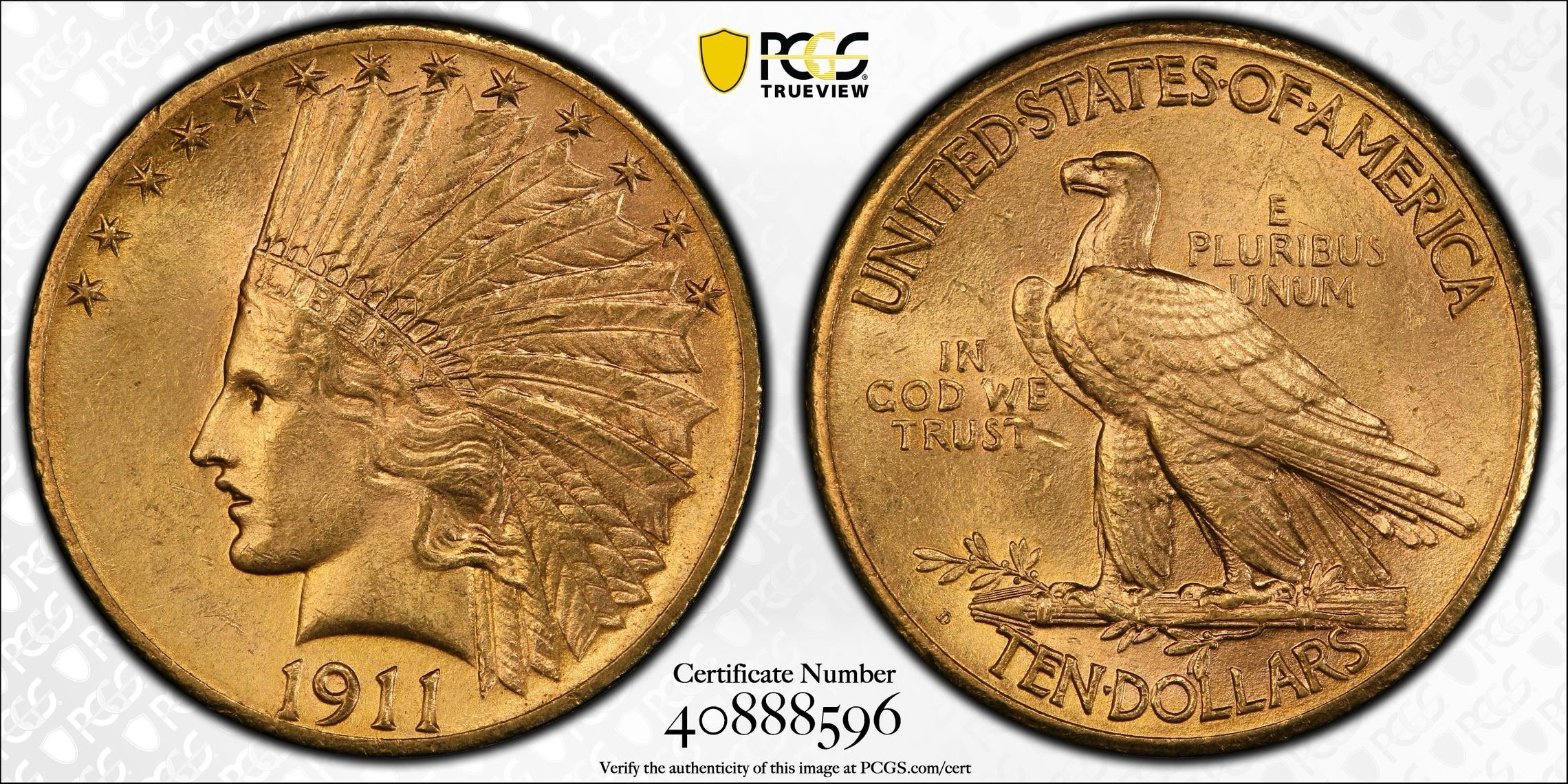
"Sharply struck with strong visual appeal, slight counterclockwise rotation of the reverse provides further interest."
Did your teacher grade that coin?😂
Just learned NGC assigns a Rotated Die pedigree for rotations over 15°, and mine seems to qualify. Surprisingly, I still can’t find any examples from this series, pedigreed or not. Below is the closest I’ve found, though it’s from an earlier series.
Any experts or experienced collectors on pre-1933 gold or mint errors, please weigh in!
Having dabbled in Mint errors for a few decades, the Mint tolerance for die setting was traditionally 15 degrees. Your coin appears to be a bit more than that, so maybe one die was misaligned this way and the other die was misaligned that way.
The result is recognizable but still not enough to excite Mint error collectors. From experience I would say that interest starts at about 45 degrees.
Why are there star stickers all over the holder? Cant tell anything with the coin...
Lol. I collected the entire series, and this was one of the standout pieces. but anyways, right now I’m cleaning it up to take fresh, updated photos, which will replace the ones currently here.
Thank you for the insight! Do you know how rare or common this is for this particular series? I couldn’t find any. Also, I understand it might not excite a general error collector, but it could make an excellent addition to a year set, especially with a pedigree.
Neither Akers nor Breen mentioned the rotation in their works. It is such a rarity in Mint State that I seriously doubt that anybody lucky enough to have one would have bothered to mention the still relatively minor rotation.
For all I know they might all come that way. You could check the Heritage Auction archives for pictures of pieces in slabs, which would confirm any rotation. People who paste up individual obverse and reverse pictures in auction catalogues just automatically align each side upright.
So true!!! Thank you so much! Out of the small sample I’ve just surveyed, 3 out of 4 had almost the exact same rotation! It makes you wonder if almost all the surviving Denver 1911 Mint pieces came from that same batch of rotated dies. As someone who spent years on this series, this is fascinating. I wonder if any article has ever been written about it.
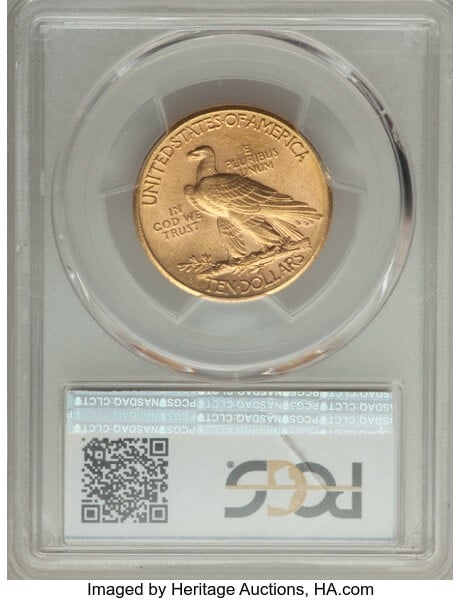
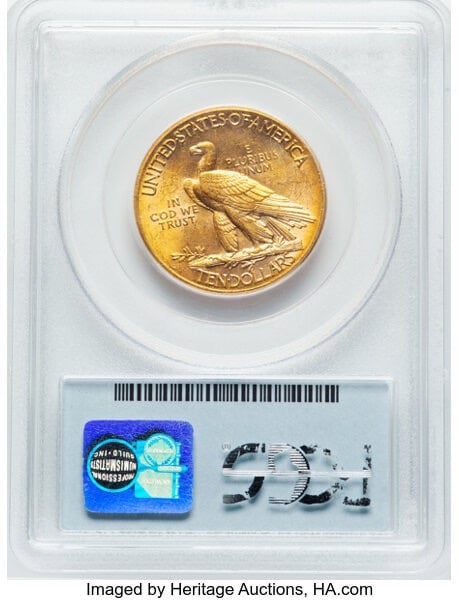
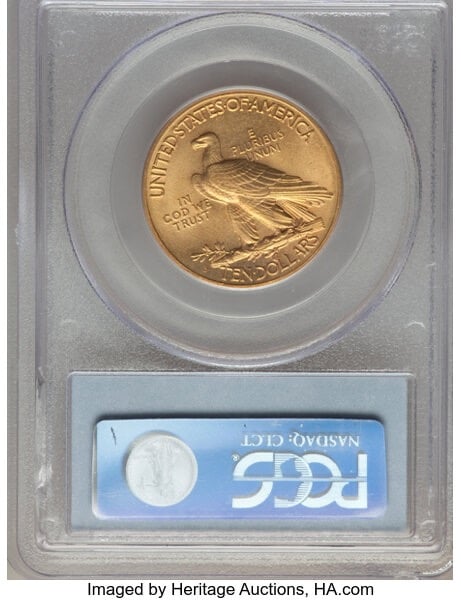
There is also one on Ebay that has the same rotation.
With a mintage of 30,100, it's entirely possible that only one pair of dies was used to make them. If they aren't all rotated by 15°, there'll be lesser rotations, as well. OP coin is also rotated about 5° CW (looking at the obverse, CCW looking at the reverse) in the holder, which exaggerates the rotated reverse.
Keeper of the VAM Catalog • Professional Coin Imaging • Prime Number Set • World Coins in Early America • British Trade Dollars • Variety Attribution
Speaking as one who has both written and edited, I respectfully doubt that such an article would be published.